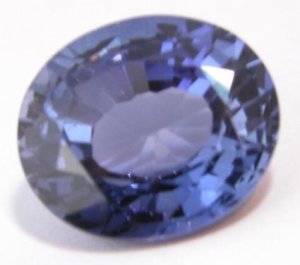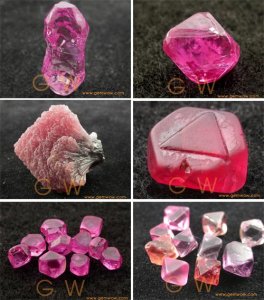Cave Keeper
Shiny_Rock
- Joined
- Jun 30, 2004
- Messages
- 264
When I see lovely blue sapphires which have undergone heat treatment, I''m so tempted to buy them. But there seems to be lots of advice against buying such stones.
But I wonder how many ladies who wish to wear blue sapphires do care about that distinction. Perhaps their only criterion is whether blue sapphires will add to their own beauty.
On the one hand, if I buy blue sapphires which have undergone such enhancement, would I suffer financially? On the other hand, if I avoid buying heat-treated blue sapphires, won''t I miss catering to a lucrative segment of the market in the event I decide to let go of my prized possession?
So, to buy or not to buy?
But I wonder how many ladies who wish to wear blue sapphires do care about that distinction. Perhaps their only criterion is whether blue sapphires will add to their own beauty.
On the one hand, if I buy blue sapphires which have undergone such enhancement, would I suffer financially? On the other hand, if I avoid buying heat-treated blue sapphires, won''t I miss catering to a lucrative segment of the market in the event I decide to let go of my prized possession?
So, to buy or not to buy?










300x240.png)